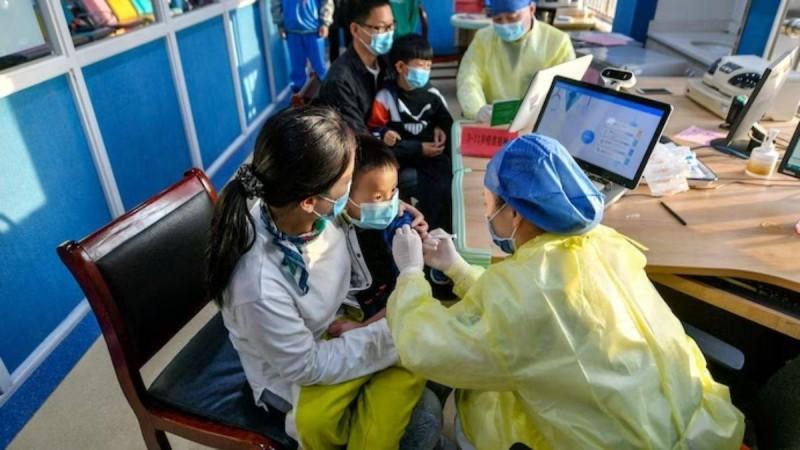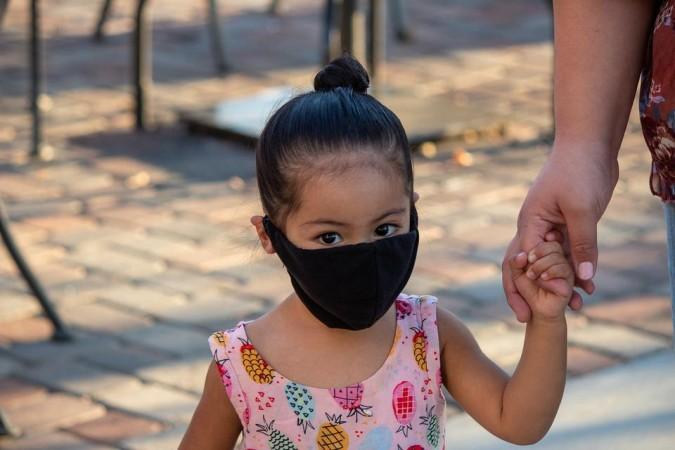In light of recent reports revealing a shocking spike in respiratory illnesses among children in northern China in the past weeks, the Union Health Ministry of India has taken a proactive stance to review preparedness measures against respiratory ailments, exercising an abundance of caution. This move is deemed crucial given the ongoing influenza season and winter conditions, which typically witness a rise in cases of respiratory illnesses. The Indian govt, while closely monitoring the situation, has emphasized that there is currently no need for alarm.
A missive from the Union Health Secretary to states and union territories urges an immediate review of public health and hospital preparedness. This includes assessing the availability of human resources, hospital beds, influenza drugs and vaccines, medical oxygen, antibiotics, personal protective equipment, testing kits, reagents, and the functionality of oxygen plants and ventilators. The directive also underscores the importance of infection control practices in health facilities, all to be overseen at a senior level.

Effective strategy in place
States and Union Territories are instructed to adhere to the 'Operational Guidelines for Revised Surveillance Strategy in the context of COVID-19,' disseminated earlier this year. These guidelines advocate integrated surveillance of respiratory pathogens manifesting as influenza-like illness (ILI) and severe acute respiratory illness (SARI). Close monitoring of ILI/SARI trends, especially among children and adolescents, is mandated for district and state surveillance units of the Integrated Disease Surveillance Project (IDSP).
Public health institutions, including medical college hospitals, are directed to upload ILI/SARI data on the IDSP-IHIP portal. States are also required to send nasal and throat swab samples of SARI patients, particularly children and adolescents, to Virus Research and Diagnostic Laboratories (VRDLs) for testing respiratory pathogens. The collaborative implementation of these proactive measures is anticipated to effectively address any potential situation, prioritizing the safety and well-being of citizens.
Recently, information shared by the World Health Organization (WHO) indicated an upswing in respiratory illnesses in northern China. The WHO attributes this surge primarily to usual suspects like influenza, Mycoplasma pneumonia, and SARS-CoV-2. According to the WHO, the coinciding release of Covid-19 restrictions with the onset of winter, coupled with the cyclical trend of respiratory illnesses, has contributed to the increase. While the WHO has sought additional information from Chinese authorities, the current assessment suggests that there is no cause for immediate alarm.
Doctors advise caution
Indian doctors have called for increasing surveillance as well as hygiene measures, if such situation arises in the country.

A recent post on ProMED Mail, the online reporting system of the International Society for Infectious Diseases, reported China experiencing a major pneumonia outbreak with no known cause in children. It said that the outbreak, causing symptoms such as high fever, and some developing pulmonary nodules is overwhelming paediatric hospitals in the country.
On Thursday, the Union Health Ministry noted that it is "closely monitoring the reported outbreak of H9N2 cases and clusters of respiratory illness in children" in northern China.
"There is low risk to India from both the avian influenza case reported from China as well as the clusters of respiratory illness," said a statement from the ministry.
It added that the country is prepared for any exigencies that may emerge from the current influenza situation in China.
Doctors, however, called for educating the public on preventive measures such as hand hygiene, influenza vaccinations, while "maintaining composure"
"Unlike Covid, which predominantly affected adults, the new pneumonia outbreak in China raises concerns about a potential vulnerability in children. Given the limited information available, it is essential to prioritise preventive measures such as hand hygiene, influenza vaccinations, isolating affected children, and using face coverings," said Sachin Kumar, Senior Consultant, Pulmonology and Critical Care Medicine, Sakra World Hospital.
"Various factors, including viral mutations or environmental conditions, can contribute to the new pneumonia outbreak in China. India should take proactive measures to protect children by enhancing surveillance, encouraging vaccination, and implementing public health awareness campaigns," added Anjali R Nath, Consultant Pulmonologist, SPARSH Hospital.
While the outbreak raised concerns of a new virus or a mutation in an existing respiratory virus, China assured the World Health Organization that they did not detect any unusual or novel pathogen.








